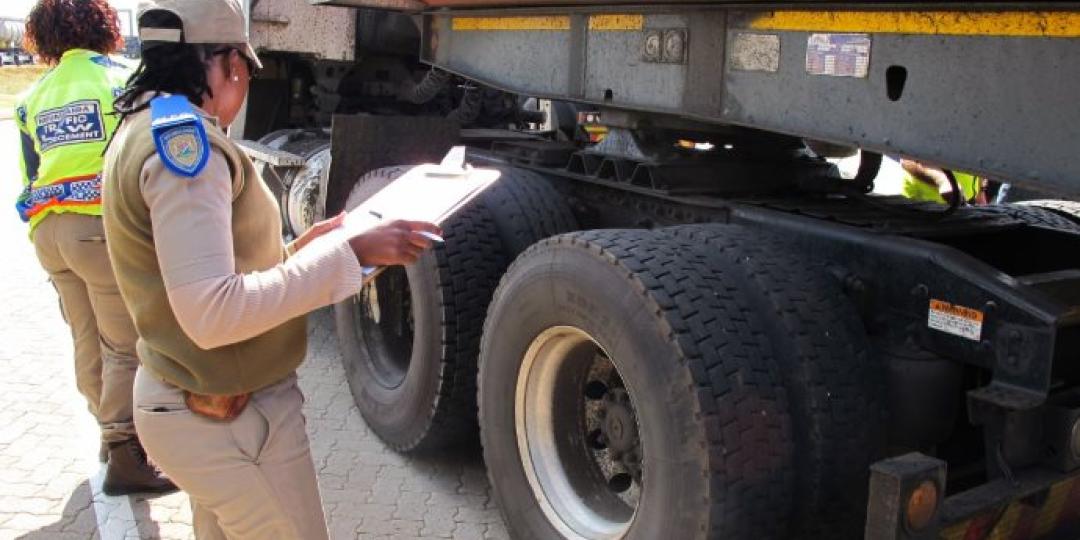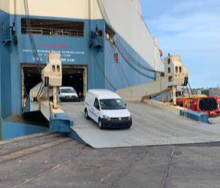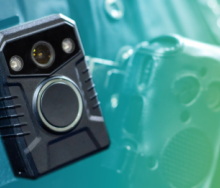Vehicle inspection is a procedure mandated by the national road safety authorities in many African countries and a vehicle is subject to inspection to ensure that it conforms to regulations governing safety, emissions, or both.
Inspection can be required at various times, ether periodically or on transfer of title to a vehicle. If required periodically, it is often termed periodic motor vehicle inspection; typical intervals are every two years and every year.
Vehicle inspection should however not be done merely to comply with the legal requirements – but rather with a focus on the safety of the driver and other road users. A proper inspection will provide additional benefits and is an important component of effective fleet management.
The National Vehicle Testing Association provides key ways on how to check the roadworthiness of a heavy duty vehicle.
Braking systems - how to check
- When starting the vehicle, air pressure must build up to the maximum (cut-out pressure)
- Switch off the engine - air pressure should remain constant.
- Press and hold the brake pedal - air pressure should drop a little and then remain constant.
- If the pressure continues to drop, the system has an air leak
- Switch on vehicle and pump the foot brake pedal until the pressure drops to half of your system pressure. The low pressure indicator must warn you with a buzzing sound and a flashing light.
- The air pressure should adjust and recharge to maximum
- Air tanks must be drained daily
- Brake adjustment must be checked weekly by an authorised workshop.
Tyres - how to check
- Tyre pressure must be to the manufacturer’s specification, regarding the load to be carried.
- Tyres must have a consistent tread pattern over the full width of the tyre and tread depth must not be less than 1 mm
- Tyres must be of the same size and type on the same axle
- Dual wheel tyres must not make wall contact and correct tyre size and specified air pressure must be ensured at all times.
- Both tyres on a dual wheel must make ground contact when the vehicle is unloaded on a flat surface
- Always check all tyres for lumps, cracks and bulges in the side-walls. Make sure there are no obstructions wedged between dual wheels
Steering - how to check
- Steering must operate freely from lock to lock
- There should not be too much free play on the steering wheel
- The Power Steering Reservoir must be full
- Check all pipes for stone damage and leaks
- Regularly check the vehicle undercarriage for any oil or fluid leaks.
- The steering wheel of the vehicle must not be cracked.
Windscreens, windows and wiperblades
- A cracked or clouded windscreen that obstructs a driver’s day or night view in the “control zone” of vision will not pass a roadworthy test.
- The “control zone” runs from above the steering wheel to just under the sun visor, and falls within the driver’s windscreen wiper area.
- Windscreen and window glass must be clearly identifiable as safety glass
- Any cracks in side windows that obstruct the driver’s view in the left rear-view mirror will lead to test failure.
- Any vehicle must be fitted with at least one windscreen wiper in operation in front of the driver
- Wiper mechanisms and blades must operate effectively by adequately clearing the driver’s view when in operation.
Visibility - lights
- The following lights are compulsory by law and must be in full working order at all times: Main beam and dipped beam (headlights), front and rear park lamps,
stop, tail and number plate lamps, indicator and hazard lights and reverse lights. - Make sure all peripherals like reflective tape, reflectors and chevron boards are clean and clearly visible
- Make sure the correct signage (i.e. warning diamonds) are displayed and the corresponding documents are in order when transporting dangerous goods.
Bodywork
- All bolt-on accessories like bumpers, bars and mirrors must be fastened and secured
correctly - Overhead storage racks must not be overloaded
- Emergency exits must be clearly marked













